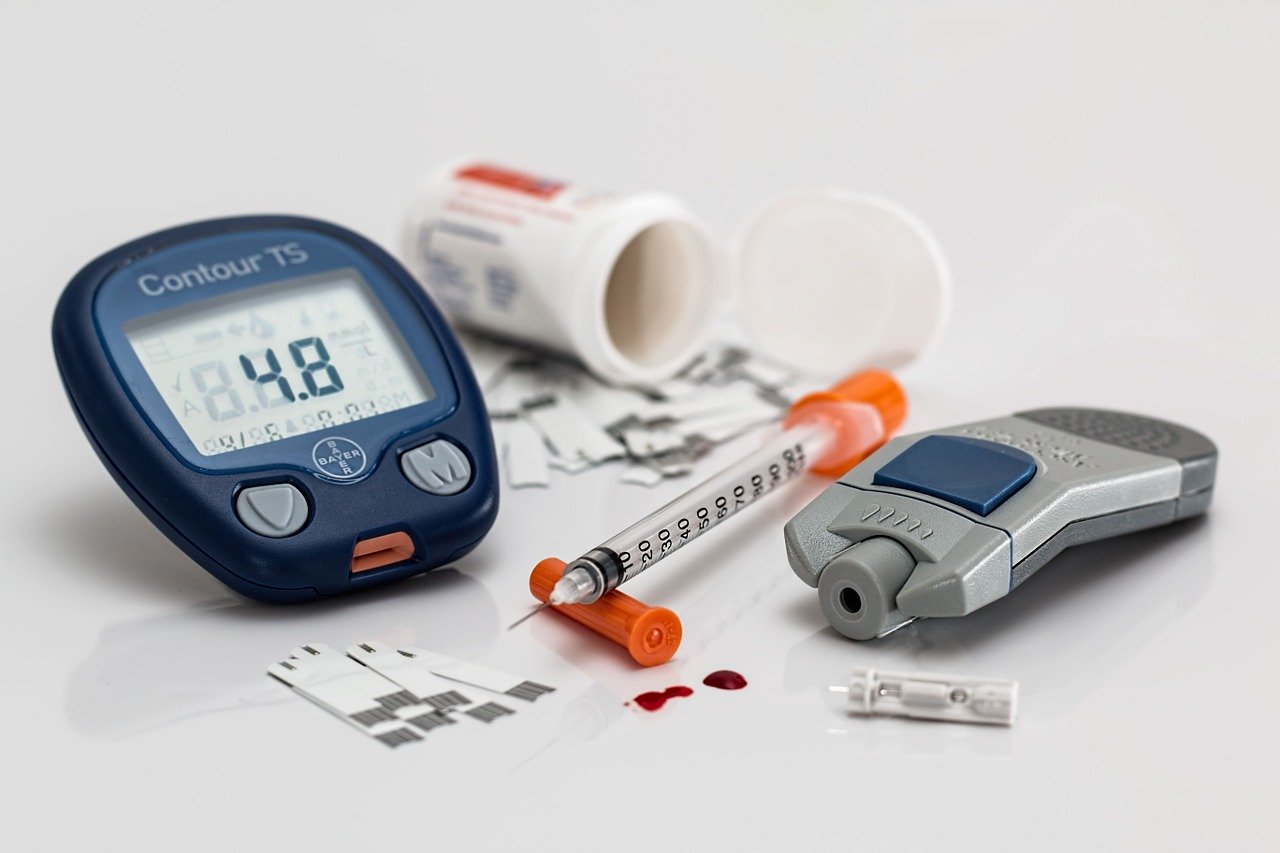One of the most common complications of diabetes is diabetic peripheral neuropathy.
This condition affects the nerves in the hands, feet, and legs and can cause various symptoms.
This blog post will discuss what diabetic peripheral neuropathy is, its causes, and how to prevent it.
What is diabetic peripheral neuropathy?
Diabetic peripheral neuropathy is a condition that occurs when the nerves are damaged by diabetes.
It is developed in this way:
High blood sugar (glucose) damages the walls of the tiny blood vessels (capillaries) that nourish your nerves. This damage prevents these vital nutrients and oxygen from getting to your nerves. As a result, the nerve fibers are damaged and begin to die.
This process can lead to many symptoms, including:
- Numbness or tingling in the hands, feet, or legs
- Pain or cramping in the same areas
- Weakness in the muscles
- Difficulty walking or standing
What causes diabetic peripheral neuropathy?
As mentioned, diabetic peripheral neuropathy is caused by damage to the nerves. The neuro system is susceptible, so when the blood vessels that carry oxygen and nutrients to the nerves are damaged, it can cause many problems.
Thus, this damage is usually the result of high blood sugar levels over a long period.
Other factors can also cause it, such as:
- Smoking
- Alcohol abuse
- Poorly controlled diabetes
How to prevent diabetic peripheral neuropathy?
The best way to prevent diabetic peripheral neuropathy is to control your blood sugar levels. It can be done through diet, exercise, and medication.
If you have diabetes, it is essential to closely monitor your blood sugar levels and talk to your doctor about ways to keep them under control.
You should also quit smoking and avoid drinking too much alcohol.
These habits can damage the nerves and make the symptoms of diabetic peripheral neuropathy worse.
Treatment options for diabetic peripheral neuropathy
Diabetic insoles are a trusted way to treat and prevent diabetic foot ulcers. They work in this way:
- By providing cushioning to the feet
- By absorbing shock
- By redistributing weight evenly
Exercise is also an essential option for managing this condition. It can help to improve blood circulation and reduce stress. Physical therapy may also be recommended to help with pain management.
In some cases, medications may be necessary to manage the pain and other symptoms of diabetic peripheral neuropathy. These include:
- Pain medication
- Antidepressants
- Anticonvulsants
- Nerve block therapy
- Physical therapy
Pain medication is done by taking drugs that help to relieve pain. Antidepressants are used to help improve your mood and ease the pain. Anticonvulsants are used to help prevent seizures.
Nerve block therapy is a type of pain relief that uses injections to numb the affected area. Physical therapy helps stretch and strengthen the muscles and can also help with pain relief.
Protect yourself from DPN complications!
Diabetic peripheral neuropathy is a condition that affects the nerves in your feet and hands. It can cause tingling, numbness, pain, or weakness in these areas. Left untreated, it may lead to skin ulcers or infection.
You can take the steps mentioned above to prevent diabetic peripheral neuropathy or manage its symptoms.
So never feel stressed and be healthy!







